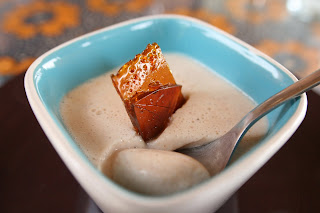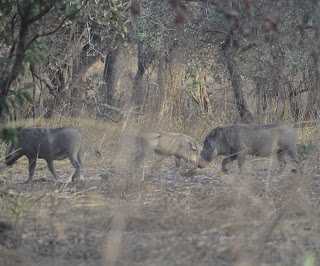 500 grams squash, peel removed and cut into chunks
500 grams squash, peel removed and cut into chunks1 large onion, chopped
2 eggs
1 individual serving container of plain yogurt
25 grams melted butter
75 grams all-purpose flour
nutmeg
salt
pepper
Fry the squash and onion in a small amount of oil over medium heat. Add salt and pepper before covering the pan, reducing the heat, and allowing the squash mixture to cook until soft.
Turn off the heat and mash the squash. Allow it to sit for 10 to 15 minutes before draining off the liquid.
In a large bowl, beat the eggs. Then, add the melted butter, yogurt, squash mash, flour, a dash of nutmeg, salt, and pepper. Mix well to combine.
Heat a small amount of oil in a small frying pan. Add a ladleful of the squash mixture to the pan and allow it to cook over medium-high heat (about 5 minutes) until the blini is half-cooked. Flip it over and continue cooking on the other side until done. Transfer the blini to a plate and keep it warm until all the batter has been used and the blinis are ready to be served.
Nathalie recommends eating them warm with a salad or cold for a picnic.
Makes 4 blinis about 6 inches in diameter
This recipe is featured in my entry Culinary Safari.











